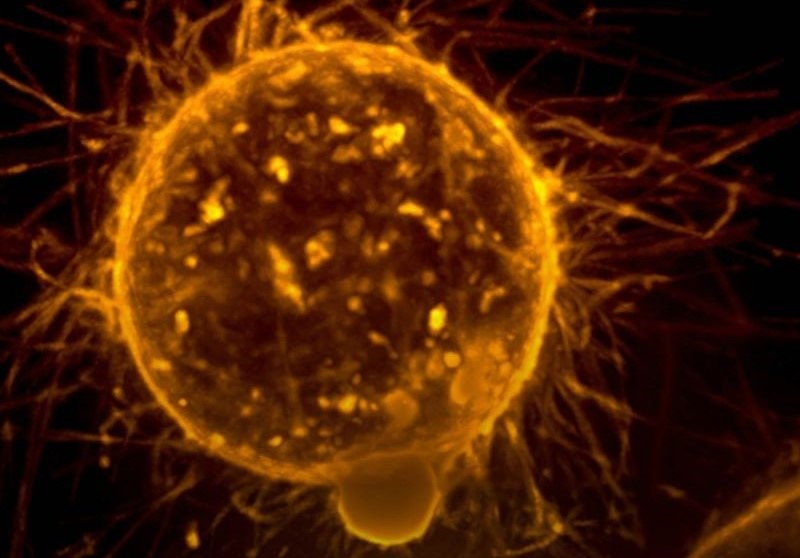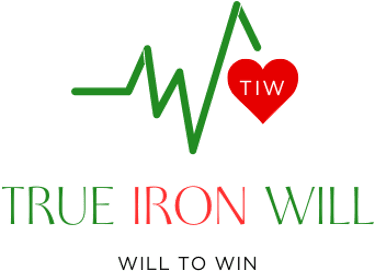Prevention Begins Long Before Disease Takes Form
Will Loiseau
10/17/20254 min read


Globally, cancer continues to be a leading cause of death, claiming nearly ten million lives each year - about sixteen percent of all fatalities.
Public health experts are also seeing a troubling rise in early-onset cancers among people under fifty, with the steepest increase in those between thirty and thirty-nine.
While genetics play a role, most cancers are influenced by daily choices and exposures. Pancreatic cancer, in particular, has been linked to chronic inflammation, metabolic stress, and dietary patterns that place continuous strain on the body.
An NIH publication on nutrition and cancer provides a concise overview of known risk factors and mechanisms linked to many cancers. The review focused on dietary factors that have been shown to contribute to increased risk of cancer as well as those protective dietary factors which reduce cancer risk.
Here are some key factors excerpted from the NIH publication:
Over Consumption of Energy (Calories) - Eating too much food is one of the main risk factors for cancer. This can be shown two ways: (1) by the additional risks of malignancies caused by obesity, and (2) by the protective effect of eating less food. It was estimated in a recent study, from a prospective cancer prevention cohort, that overweight and obesity accounted for 14 percent of all cancer deaths in men and 20 percent of those in women. The authors estimated that over 90,000 cancer deaths per year could be avoided if the adult population all maintained a normal weight (BMI < 25.0). On the other side, careful menu planning brings about an approach entitled CRON-Calorie Restriction with Optimal Nutrition. The basic idea is to eat a reduced amount of food (about 70–80 percent of the amount required to maintain "normal" body weight) while still consuming all of the necessary amounts of vitamins, minerals, and other necessary nutrients.
Red Meat - Red meat has been implicated in colon and rectal cancer. A Medline search in February 2003 uncovered 26 reports of human studies investigating the link between diet and colon or colorectal cancer. Of the 26 reports, 21 of them reported a significant positive relationship between red meat and colon or colorectal cancer.
Fruits and Vegetables - One of the most important messages of modern nutrition research is that a diet rich in fruits and vegetables protects against cancer. (The greatest message is that this same diet protects against almost all other diseases, too, including cardiovascular disease and diabetes.) There are many mechanisms by which fruits and vegetables are protective, and an enormous body of research supports the recommendation for people to eat more fruits and vegetables.
Selenium - Selenium is a mineral with anti-cancer properties. Many studies in the last several years have shown that selenium is a potent protective nutrient for some forms of cancer. [Selenium is found in foods like Brazil nuts, tomatoes, mushrooms, beans, and cruciferous vegetables such as broccoli, cauliflower, and cabbage.]
Chlorophyll - All green plants contain chlorophyll, the light-collecting molecule. Chlorophyll and its derivatives are very effective at binding polycyclic aromatic hydrocarbons (carcinogens largely from incomplete combustion of fuels), heterocyclic amines (generated when grilling foods), aflatoxin (a toxin from molds in foods which causes liver cancer), and other hydrophobic molecules. The chlorophyll-carcinogen complex is much harder for the body to absorb, so most of it is swept out with the feces.
Vitamin B-12 - Vitamin B-12 has not been proven to be an anti-cancer agent, but there is some evidence indicating that it could be beneficial. The form of administered vitamin B-12 may be important. [There] is evidence from laboratory studies, prospective cohort studies, and mechanistic studies showing that vitamin B-12 is an important nutrient for genetic stability, DNA repair, carcinogenesis, and cancer therapy.
Folic Acid - Folic acid is the dark green leafy vegetable vitamin. About 10% of the US population (and higher percentages among the poor) has low enough intakes of folic acid to make this a common problem. [Many] studies have found a significant reduction in colon, rectal, and breast cancer with higher intakes of folic acid and their related nutrients (vitamin B-6 and B-12).
Vitamin D - Vitamin D is produced primarily from the exposure of the skin to sunshine. Even casual exposure of the face, hands, and arms in the summer generates a large amount of vitamin D. The concentration of the active hormonal form of vitamin D is tightly regulated in the blood by the kidneys. This active hormonal form of vitamin D has the potent anti-cancer properties.
Antioxidants (α- and β-Carotene and other Carotenoids) - [There] is a large body of literature that indicates that dietary carotenoids are cancer preventative. Alpha-carotene has been found to be a stronger protective agent than its well-known isomer β-carotene. Studies tend to agree that overall intake of carotenoids is more protective than a high intake of a single carotenoid. So, a variety of fruits and vegetables is still a better anti-cancer strategy than just using a single vegetable high in a specific carotenoid. The richest source of α-carotene is carrots and carrot juice, with pumpkins and winter squash as a second most-dense source. The most common sources of β-cryptoxanthin are citrus fruits and red sweet peppers.
Lycopene - Of the various carotenoids lycopene has been found to be very protective, particularly for prostate cancer. The major dietary source of lycopene is tomatoes, with the lycopene in cooked tomatoes being more bioavailable than that in raw tomatoes.
Probiotics - The bacteria that reside in the intestinal tract generally have a symbiotic relationship with their host. Beneficial bacteria produce natural antibiotics to keep pathogenic bugs in check (preventing diarrhea and infections) and produce some B vitamins in the small intestine where they can be utilized. However, the balance of beneficial and potentially pathogenic bacteria in the gut is dependent on the diet. Vegetable fiber encourages the growth of beneficial bacteria.
These trends remind us that prevention isn’t only about adding new routines or products. It’s also important to create space for the body to restore its natural balance - often by removing what quietly erodes it.
It’s a reminder of how much influence we have over disease prevention when we understand - and remove - the root causes.
Start Your Transformative Journey Today
© 2025 True Iron Will LLC. All Rights Reserved .
Mailing Address:
1317 Edgewater Drive #1297
Orlando, FL 32804
TrueIronWill1@gmail.com
